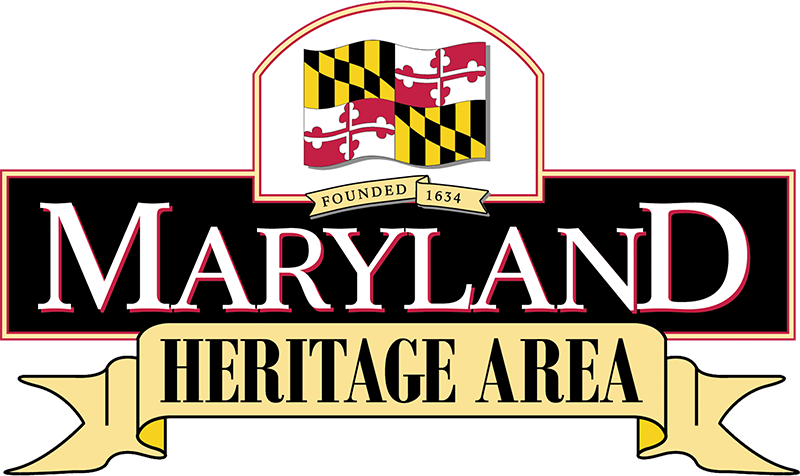Former home of Angela Kirkham Davis who chronicled her experiences as a Union sympathizer. The house also served as a hospital after the Battles of Antietam and Funkstown.
Arcadia was occupied by soldiers from both sides during the war, and served as a hospital for Confederate soldiers after the Battle of Monocacy.
After visiting the Antietam battlefield and a wounded Union general in Frederick, President Abraham Lincoln gave a brief speech here on October 4th, 1862, before boarding a train to Washington.
This reconstructed house marks the residence of Barbara Fritchie, the heroine of John Greenleaf Whittier’s 1863 poem.
On November 18, 1863, the day before he would give the Gettysburg Address, Abraham Lincoln spent the night at the home of Gettysburg attorney David Wills.
This small church was the central point of a number of Union attacks on the Confederate left flank during the Battle of Antietam.
The hotel served as a hospital complex after the Battle of Antietam.
Confederate General Stonewall Jackson attended services here on September 7, 1862, during the Confederates’ first foray into Maryland that would end at the Battle of Antietam.
Ferry Hill was the boyhood home of Confederate officer Henry Kyd Douglas, and the property was occupied by both armies at different times during the Civil War.
The Gettysburg Railroad Station served as a field hospital following the Battle of Gettysburg, and President Lincoln later passed through it to give the Gettysburg Address.
Following the Battle of Antietam, Confederate General Robert E. Lee met with subordinate generals at the Grove-DeLauney House in Sharpsburg, Maryland.
This former barracks and prison served throughout the war as a hospital for the North and the South.
Hitt Bridge is one of three stone arch bridges significant in the Battle of Antietam.
The Boonsboro Odd Fellows Hall was used as a hospital following the battles of South Mountain and Antietam in 1862, and after the Battle of Funkstown in 1863.
Landon House was occupied by Northern and Southern troops during the war, and was the site of a ball hosted by J.E.B. Stuart in September 1862.
At or near the Gambrill (or Araby) Mill, several Union soldiers were killed and wounded by the first firing at the Battle of Monocacy. The mill also served as a Union hospital during the battle.
The Jefferson County Courthouse hosted the trial of John Brown following his failed raid on the U.S. Armory at Harpers Ferry, and it was damaged during the Civil War.
Jennie (or Ginnie) Wade was shot and killed in this house during the Battle of Gettysburg. She was the only civilian casualty of the battle.
The John Brooke Boyle House, also called “Rosser’s Choice,” is the site where Confederate Colonel Thomas Lafayette Rosser spent a night while leading his cavalry regiment through Westminster in September 1862.
The U.S. Armory’s fire engine and guard house was used by John Brown and his conspirators as a final refuge in their October 16–18, 1859 ill-fated raid on the facility.



